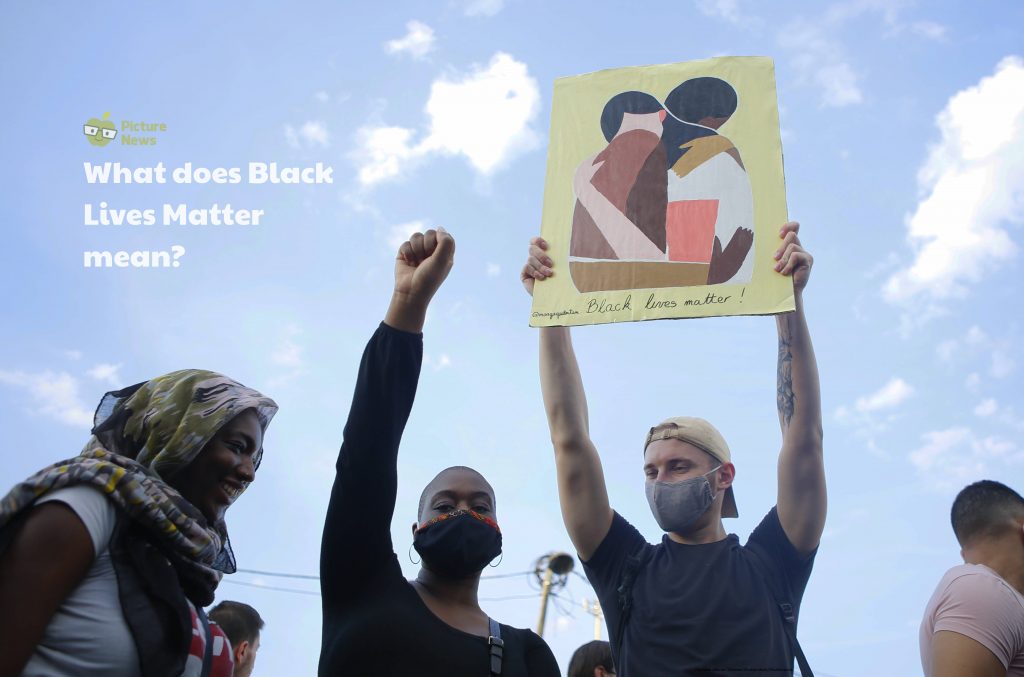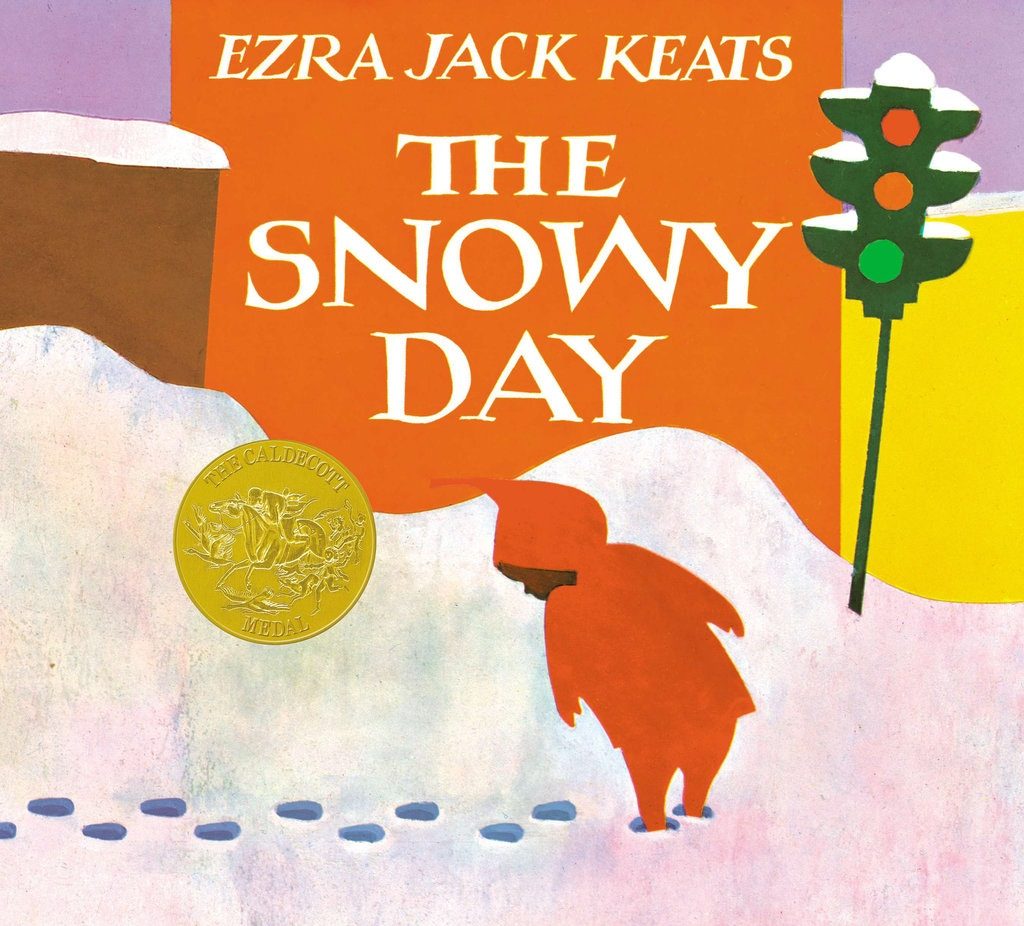Talking to children about racism by Katie Harrison

We’ve been asked by some of our schools for advice for how to talk about racism with children, for support with explaining what’s happening in the USA and the subsequent protests there and in other places around the world.
In all honesty, as much as we’d love to present a single resource or recommend a book containing all the answers, it’s just not possible. Talking about race is complicated, it needs to be handled sensitively, and is something that needs to be an ongoing discussion, not a single one-off conversation. “Choosing” whether or not to talk to children about race is an option many parents, specifically those of colour, don’t have; some children may inevitably learn about it by confronting racism in their everyday lives. This can make conversations about race even more complicated, as what is discussed can change depending on a variety of factors, such as a family’s make up, their socioeconomic circumstances, or the community they live in. Therefore, the context will vary, depending on who is talking and what their personal experiences are with race and racism.
Essentially there’s no single way to approach this topic. There is no quick tips that can provide a solution for when it comes to discussing the intricacies of race. Though that’s not to say there are better ways to go about it and each teacher or parent will have to decide for themselves what makes the most sense for them and the young people they are working or living with.
Above all, it’s a conversation which adults will need to have at some point, no matter your background or experience.
Here are some useful places to start…
- Offer space to TALK about it
For some families, talking about race is a regular part of daily life. For others, it’s a subject that can be difficult to discuss, often due to a lack of understanding from the adults themselves – this is ok, we are all learning! Allowing questions to be asked freely and then researching and learning together can be a very positive experience.
- Set an EXAMPLE
Just hearing another person’s story can completely change the way we perceive the world. Learning from an individual’s real-life lived experience makes space for empathy and understanding. If you show that you are always learning, always asking questions and trying to vary your experiences, children will naturally follow!
- Here are some BOOK recommendations to explore the issue further…
Ezra Jack Keats’s books about Peter (The Snowy Day,A Letter to Amy, Hi, Cat!, Whistle for Willie)
Saturday, written and illustrated by Oge Mora
Each Kindness, by Jacqueline Woodson. Illustrated by E.B. Lewis.
Not My Idea: A Book About Whiteness, written and illustrated by Anastasia Higginbotham

We’ve also produced a special pack to help explain the Black Lives Matter movement.
For our subscribed schools this can be found on our online area. If you’d like a copy, please email help@picture-news.co.uk.
